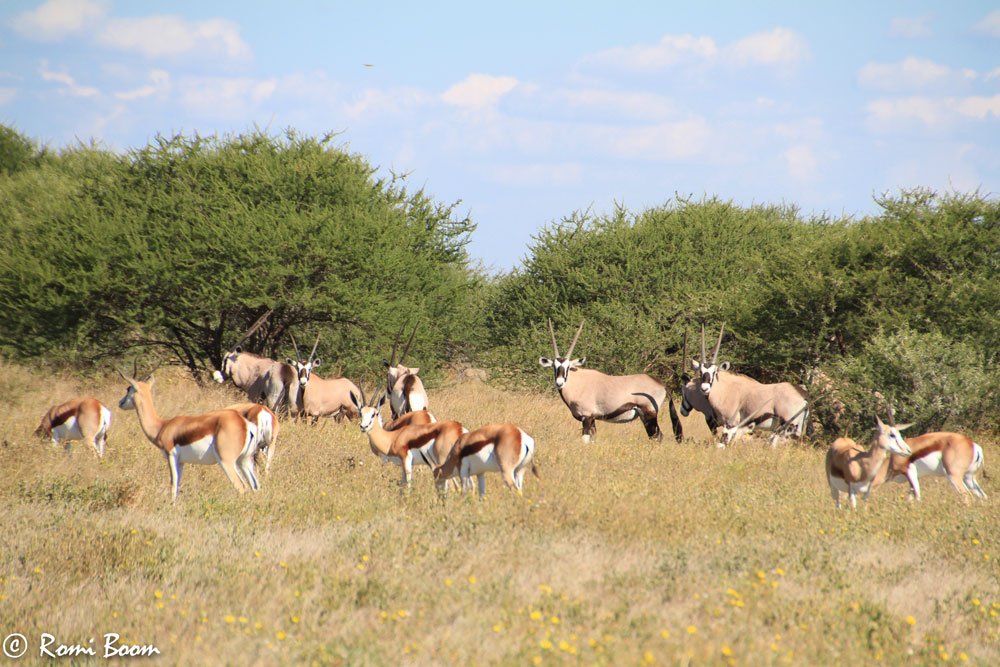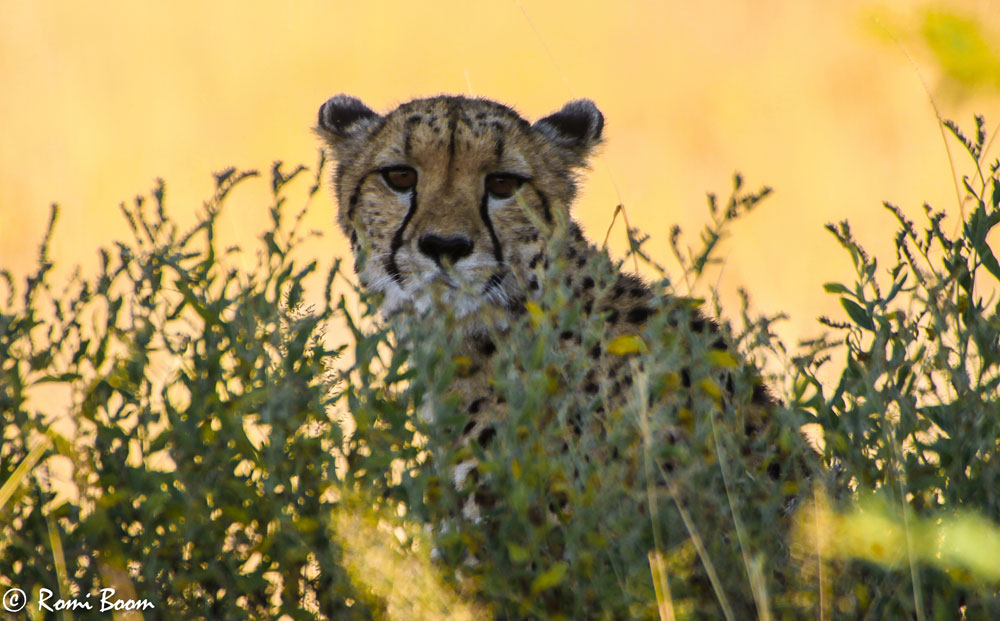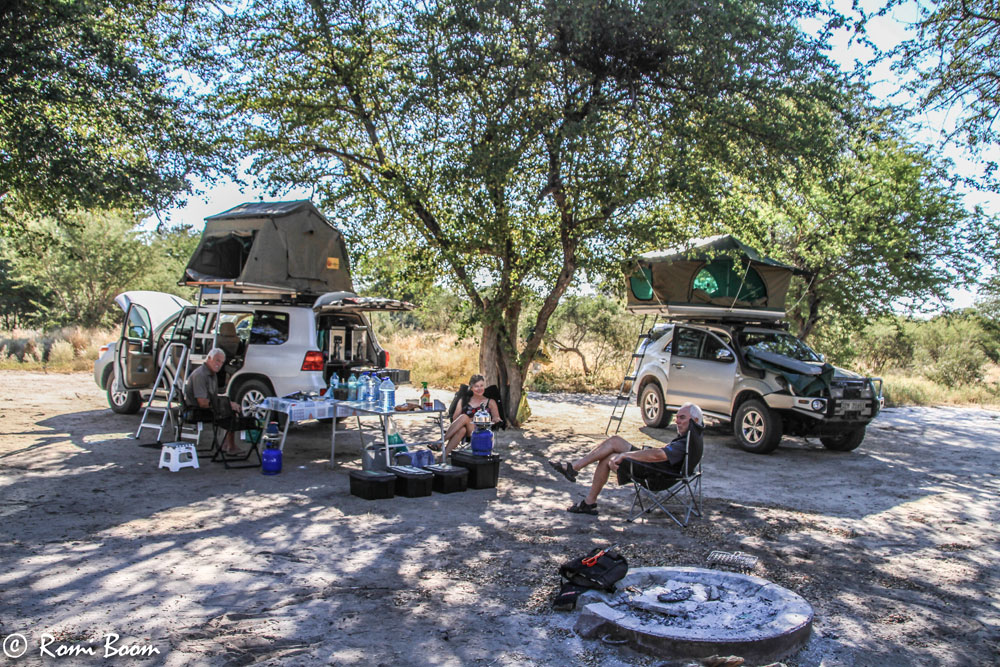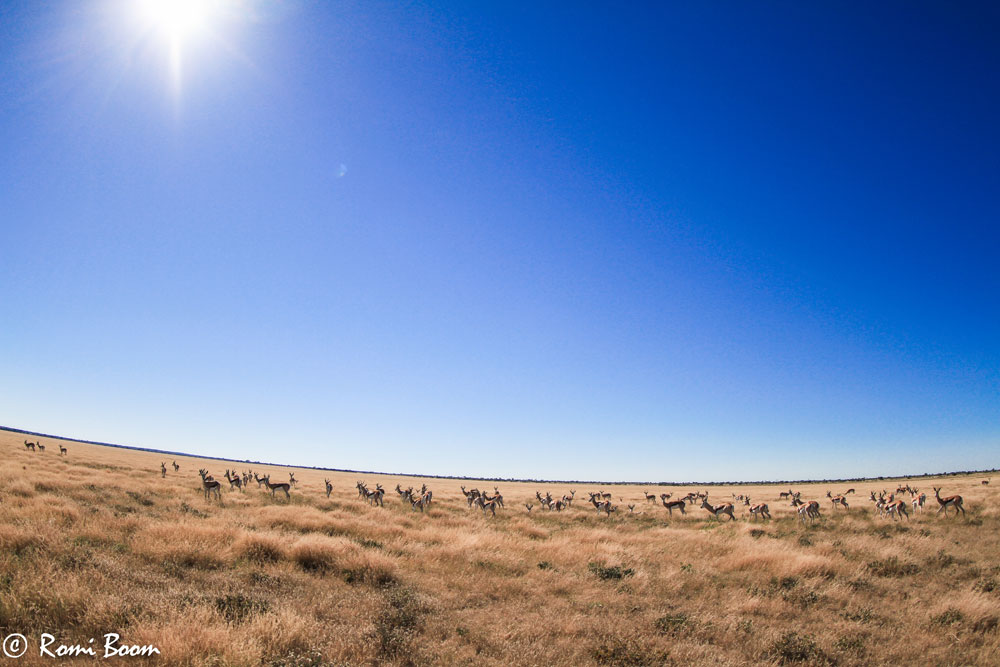Central Kalahari Game Reserve, with its far-flung campsites, is a universe without masks and social distancing. In this vast, isolated landscape, the herds are abundant and the sightings awesome. By Romi Boom
Having postponed our trip to Central Kalahari Game Reserve (CKGR) from April 2020 to September 2020 and again to April 2021, our excitement was palpable when we finally crossed the Botswana border at Ramatlabama on a Saturday morning. The border crossing went without a hitch; as the only passenger vehicles in sight we bypassed a queue of 35 trucks, and in no time got screened at port health and stamped by immigration. Our negative Covid-19 certificates were checked on both the SA and Botswana sides of the border.
Also read: SA to Namibia and back during Covid
Heading into Central Kalahari
CKGR is the country’s remotest park, for experienced overlanders only, adventurers who relish an abundance of atmosphere and can forego critter comforts. For six nights we had to be totally self-sufficient. Each of our two vehicles had 50 litres of water for showers, dishes and the kettle, plus drinking water.

Having stocked up on fresh foods and meat at Woolworths in Gaborone and bought firewood for six braais, we were thrown for a loop: Botswana has a Covid-19 ban on liquor sales over the weekend. This was a major disaster.
En route we would stay at Khama Rhino Sanctuary beyond Serowe, but come Monday morning, we’d be inside the park. When we exited, it would again be Saturday. We would spend a night in Maun, then head for Khwai, for four nights. In practical terms this meant 12 days without wine. Not a good start to a camping trip… (We did get lucky at an open shebeen on Sunday, having scoured the villages with beady eyes. No wine, just 48 cans of beer, but who’s complaining?)
Driving conditions
The road from Rakops to the park is pock-marked with mudholes lined with black-cotton soil. This is not a road you want to navigate during the rainy season. Once inside the park, in the northern section, the tracks were not difficult to negotiate in April, despite being narrow and overgrown in places. The thorny vegetation of the Kalahari sandveld scratches your vehicle, although not quite as brutally as in Khutse Game Reserve, in the southernmost section of the park. We did not encounter deep sand, not even on the cutline which runs in a west-east direction and enabled us to cross back to Deception Valley, skipping the Passarge loop because of tall bushman grass in the two-spoor track. Even with nets in place, we feared for our radiators and stopped every 5km to check for blockages.

Great for game viewing
The scenery is dotted with open plains and great salt pans where the animals congregate. Superlatives cannot do the game justice. The sweetest grazing on the pans attract the animals, which invariably attract predator activity. We saw springbok and kori bustards by the hundreds, gemsbok everywhere, red hartebeest, blue wildebeest, all fat and round as barrels. Hidden amidst tall yellow grass, a mother cheetah and her three adolescent cubs were scanning potential prey on Deception Pan, not far from where a male cheetah was feasting on an ostrich.
We heard jackal howling at night at Kori campsite, and a very vocal lion marking his territory in the early morning hours. We saw steenbok by the dozen, black-backed jackal, bat-eared foxes, white-winged black korhaan with their endless display flights. On our raptor list we ticked pale chanting goshawks, black-shouldered kites, a tawny eagle, bateleurs, secretary birds. Since we didn’t come for the game, the sightings far exceeded our expectations. Too bad we just missed out on the lions at Piper Pan, although we spotted the vultures.

Abandoned campsites
The only irksome episode was discovering the campsite at Phokoje Pan, which we had booked for two nights, was seemingly non-existent. It looked like nobody had been there for ages.
Being way out in the sticks without a campsite for the night left us with no option but to head for San Pan, in the hope that we’d reach it before dark, and find the single campsite there unoccupied. Although it was free, it was pretty much abandoned, and not cleared. We could pitch our rooftents, but the surface underfoot had been taken over by thorns so it was hardly possible to walk anywhere. In the absence of a firepit we opted not to start a braai fire, due to a strong wind.

The most memorable pan
The next morning our first stop was at Tau Pan, and the previous day’s disappointment evaporated like mist before the sun. Springbok in dense herds congregated on the short grass plains, recalling the journals of yesteryear’s explorers, so tame you want to rub their ears and caress their noses. While Sunday Pan and Leopard Pan are popular with visitors, do make the trek to Tau Pan – it is my most cherished take-home memory.

Even if you decide to forego game drives in favour of quiet time in the shade of the substantial trees in camp, you’ll be enchanted by the adrenalin of unfenced, rustic campsites, the antics of hornbills and ground squirrels, the brilliance of the night sky. Central Kalahari, one of the world’s largest game reserves, is still pristine. Old Africa hands will find it completely magical.
Find out more about Botswana’s game-rich reserves and untamed landscapes in our Botswana Self-Drive Guide Book. Along with destination info, the book has a detailed list of places to stay. It also covers practicalities such as preparing your vehicle, border post red tape and the country’s vet fences.


I fully agree with all of the comments regarding Central Kalahari. It is an amazing place to visit. Your article was silent on fuel requirements, and it is important to stress. There is NO fuel available anywhere near the park, with the nearest fuel hopefully Rakops or Letlhakane
Also, definitely avoid going from September to early December. The daytime temperatures are regularly in the mid to high 40’s, and are simply unbearable
In 2012 we went thru the main gate (motswari gate ?) ; travel to deception then got stuck in mud just outside deception ; took the long straight road – split line ? cut line? ; then thru sunday ? leopard? pans up to parsage 1 ; got stuck again near parsarge 2 – really bad ; one of the vehicles needed to be towed out of the suction black cotton patch ( fortunately the neighbours at passarge 1 heard all the comotion and came in rescue with a toyota fitted with a warn winch ) ; checking for a suitable path next to the big pool of water and black mud saw fresh lion spoor !!! in the car and drove thru the bushes on detour ; neighbours then asked – did you not see the male lion around the corner ??? got to passarge 2 and set up camp ; had a frightening yet great experience with a heavy kalahari storm ; after 30 minutes or so it was over ; great rainbow and animals back grazing again ; could not go to piper pan on advise of other travellers that arrived late in the afternoon and asked to share our campsite for the night ; travelled back via kori and with the grass too high dropped the idea of camping and headed to matsweri again ; great experience again as we had to detour a number of times again ; out of the bakkies and clap clap hands checking for suitable paths thru the bush ; read the ‘cry of the kalahari’ book ( by mark and delia owens ) before you go to the ckgr ; you will learn the most important thing after fresh water – the weather patterns !!! ( either wet or dry – equally risky with fires !…)